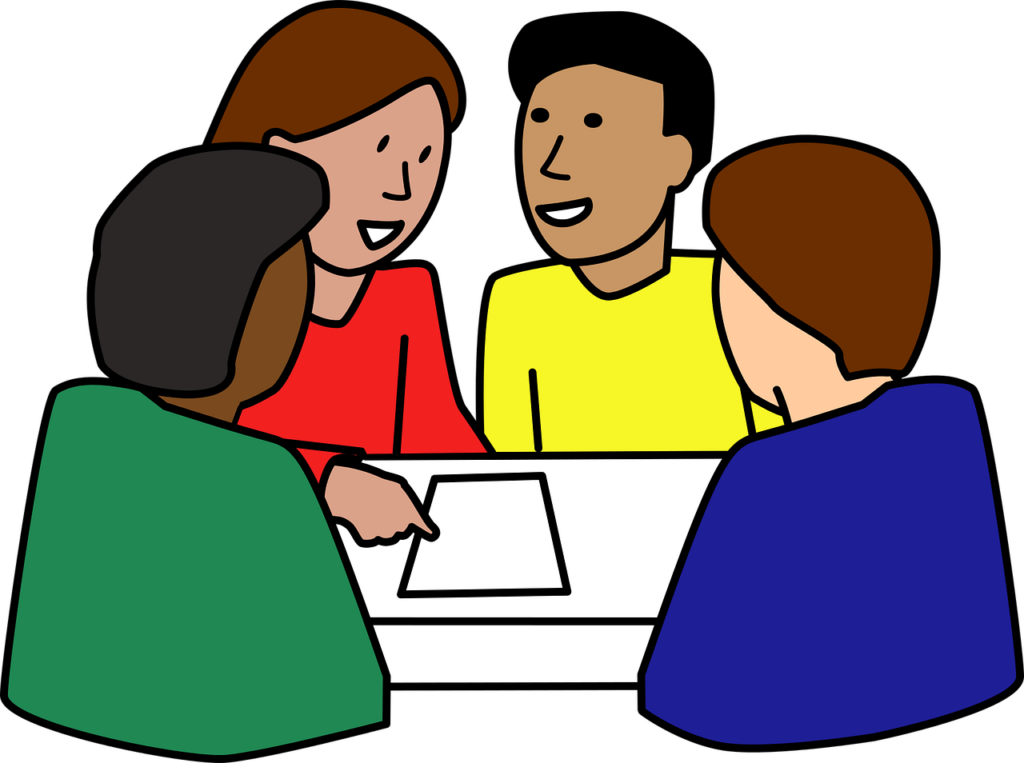What is Universal Design for Learning?
Universal Design for Learning (UDL) is a framework which aims to optimize learning by identifying and removing barriers in the design of instructional materials, methods, and assessments (CAST, n.d.). In other words, it is a pedagogical approach which focuses on minimizing barriers to make learning effective for everyone. For a greater understanding of Universal Design, and the importance behind why we need it, the TED Talk by Michael Nesmith is an informative and worthwhile watch:
To ensure learning is accessible from the start of lesson planning, UDL has various guidelines categorized under three different pillars: engagement, representation, and action and expression (CAST, 2018). Each guideline will be described in further detail below.
Engagement Guideline
The engagement guideline supports learner self-efficacy by providing learners with several different options to promote self-determination, motivation, and self-regulation (CAST, 2018). To fulfill this guideline, a variety of pathways can be taken. For instance, to achieve engagement, the UDL guideline suggests fostering collaboration and community by creating cooperative learning groups (CAST, 2018). Personally, I find this strategy to be very effective for ensuring sustained engagement. During one of my psychology classes at UVic, my professor would often have reflective questions for students to discuss in pairs or groups during lecture. This helped establish a collaborative class environment, and create an active community of learners. Additionally, I found these discussions with my peers improved my ability to recall information during assessments. In fact, communicating in social environments enable students to learn through interaction, and can therefore improve students’ ability to recall information (Brame & Biel, 2015). While having students answer reflection questions in groups helped promote motivation and self-regulation, this activity did not address the self-determination aspect of the engagement guideline. One way in which self-determination can be achieved is by optimizing learners’ individual choice and autonomy (CAST, 2018). For example, to improve the activity described above, students who did not feel safe participating in class discussions could have been given alternative options, such as written journal entries. As a result, multiple pathways would be created for all students to achieve learning.

Representation Guideline
To ensure learning is accessible, learners must have a choice in how they access information and materials. The representation guideline addresses this by providing students with options for perception, comprehension, and language and symbols (CAST, 2018). One way to achieve representation as suggested by CAST is to offer alternatives for auditory information (2018). For instance, during one of my classes last semester, there was a student who was hard of hearing. To ensure the design of instruction did not act as a barrier to her learning, my professor turned on live captioning for his zoom lectures, and had transcribers sit in on the lesson to record what was being said in class. Although this made learning more accessible for the student who was hard of hearing, making these adjustments to the delivery of instruction benefitted other students in the class as well. For example, having live captions generate during class helped clarify vocabulary, and improve comprehension for students whose first language was not English. While this is just a single example of achieving representation, it demonstrates how making one small change to the delivery of instruction can remove barriers which obstruct the success of learners.

Action and Expression Guideline
Finally, the action and expression guideline provides learners with various options to demonstrate their skills and knowledge. To fulfill this guideline, instructors should “vary the methods for response and navigation” and “use multiple media for communication” (CAST, 2018). For example, instead of centering a class around written activities, alternative methods such as using technology, or speaking, should be incorporated. This will help ensure learners have equal learning opportunities, and multiple means for conveying their knowledge (CAST, 2018). Regarding the use of multiple media, it is important to incorporate various media to equip learners with a wide range of expression, such as text, music, videos, and more (CAST, 2018). As seen throughout the past weeks of EDCI337, multimedia has been integrated throughout our curriculum using images, audio clips, and hands-on activities. In doing so, not only has learning become more effective, but we also learn the skills which are necessary to compose effective multimedia (Mayer, 2014; CAST, 2018). Overall, providing learners with different options to convey their understanding can help address learners’ unique needs by minimizing media-specific barriers to expression (CAST, 2018).
To conclude, the UDL guidelines are an effective reference to minimize barriers when designing instructional materials and methods. By designing for inclusion, we can reduce obstructions to education, and ensure learning is universally accessible for everyone.
References
Brame, C. J. & Biel, R. (2015). Setting up and facilitating group work: Using cooperative learning groups effectively. Vanderbilt University Center for Teaching. Retrieved June 8, 2022, from http://cft.vanderbilt.edu/guides-sub-pages/setting-up-and-facilitating-group-work-using-cooperative-learning-groups-effectively/.
CAST. (n.d.). About universal design for learning. https://www.cast.org/impact/universal-design-for-learning-udl
CAST. (2018). Universal design for learning guidelines version 2.2. Retrieved from http://udlguidelines.cast.org
Mayer, R. E. (Ed.). (2014). The Cambridge Handbook of Multimedia Learning (2nd ed.). Cambridge University Press. https://doi.org/10.1017/CBO9781139547369
Pixabay. (n.d.-a). [Image of learning group]. https://pixabay.com/vectors/african-asian-black-brown-cartoon-2029984/
Pixabay. (n.d.-b). [Image of subtitles]. https://pixabay.com/photos/subtitles-writing-scrabble-word-4546080/
TED. [TEDx Talks]. (2016, October 13). Why we need universal design | Michael Nesmith | TEDxBoulder [Video]. Youtube. https://youtu.be/bVdPNWMGyZY
Leave a Reply
You must be logged in to post a comment.